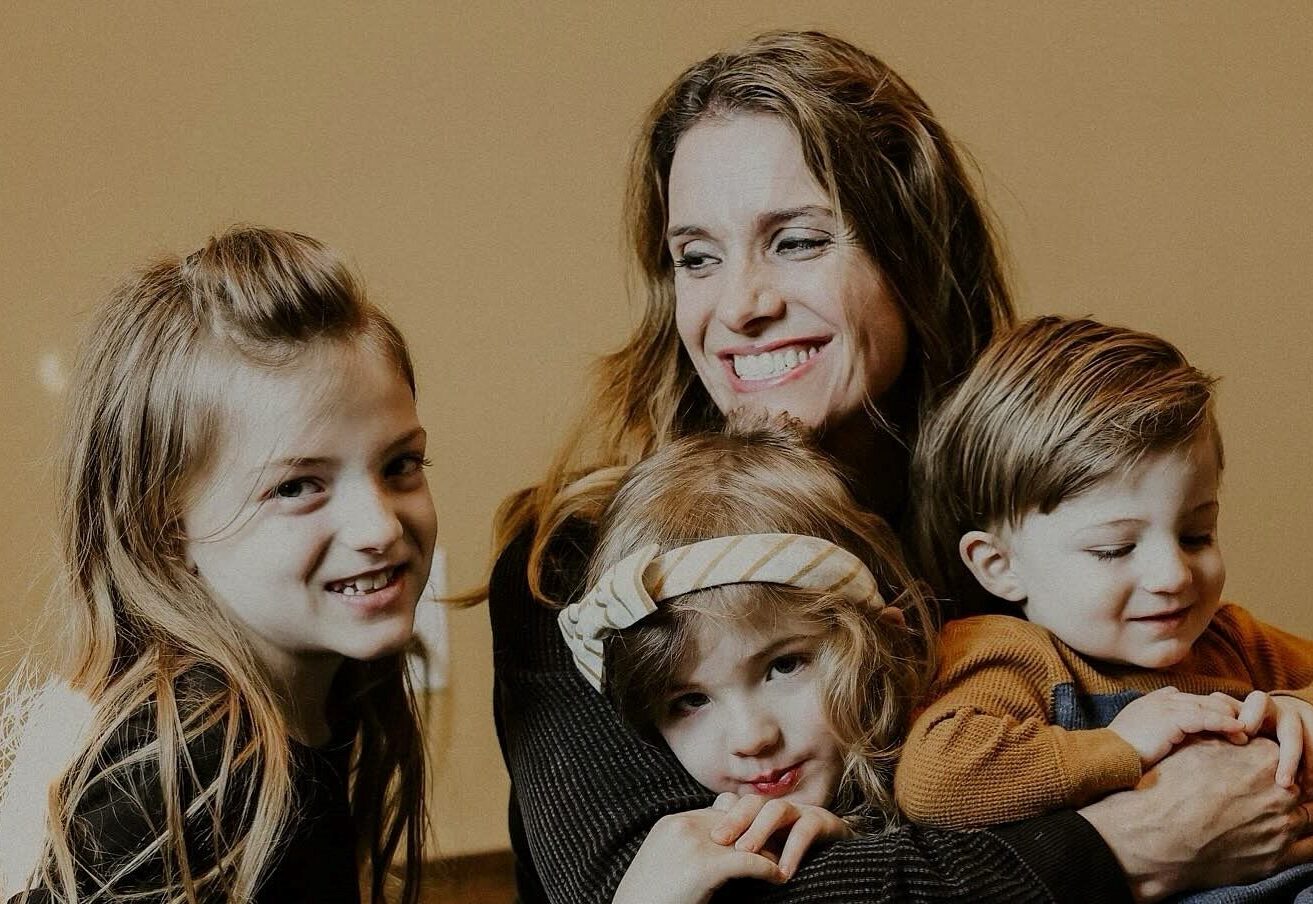Few accomplishments of childhood are as exciting to watch as a child finally “getting it” on a two-wheel bike and taking off unassisted. But the road to that moment can be paved with scraped knees and tears, not to mention a slipped disc in dad’s back. Good news: much of the pain and drama of learning can be avoided with a little forethought and planning. Here are a few tips to get you and your future Tour de France winner started:
- Don’t make the first attempt a big production with a brand new bike. It’s too many new experiences at once and a whole lot of pressure for your child. Go through the learning process on an older sibling’s bike or borrow one from a friend. And keep it casual. Keep the video taping and onlookers to a minimum.
- Make sure the bike is sized appropriately for your child, and don’t forget the helmet, knee and elbow pads. If your child takes a little spill, they’re more likely to get back on if they aren’t nursing any scrapes.
- Realize that riding a bike requires three skills used simultaneously: balancing, steering, and pedaling. If you can isolate one skill and then add to it, it’s less overwhelming. One recommended method is to let your child sit on the bike at the top of a gentle slope or hill. With both feet on the ground, let the child push off and simply glide down the slope with her feet held out—no pedaling. This lets her get a feel for simply balancing her body weight on the seat without having to think about steering to avoid obstacles or pedaling. After several successful “glides” she can try putting her feet on the pedals and balancing in that position. Eventually the balancing and pedaling are intuitive enough that she can add steering to that and ride anywhere.
- If the gliding method doesn’t work for your child, a more specific type of balance training may be helpful. One commercially-available system called Pedal Magic takes you through a simple set of drills to help your child learn to balance more quickly. For this writer, it was a miracle: after weeks of trying every other method imaginable, the Pedal Magic system had both of my children (ages 6 and 8) riding within 24 hours. Victory!
- Think long and hard about those training wheels. The typical progression these days is to buy smaller children two-wheeled bikes and immediately adding training wheels. Some biking enthusiasts frown on this practice however; they believe it teaches improper balance and makes getting rid of the training wheels very hard. If your child is too young to try biking with the training wheels, consider sticking with a large tricycle or a scooter until they’re ready to make the leap. You might also consider one of the new glider bikes, which have no pedals and depend on Fred Flintstone-type foot power. These help smaller children learn balance just like the exercise in step 3.
- Don’t forget to teach bike safety. Good safety habits will ensure that your child is protected while enjoying his two-wheeler. The International Bicycle Fund has a list of safety guidelines to help you teach your kids to have fun without getting hurt.








